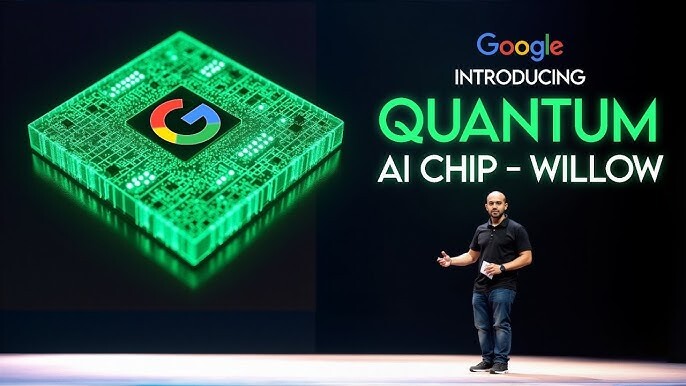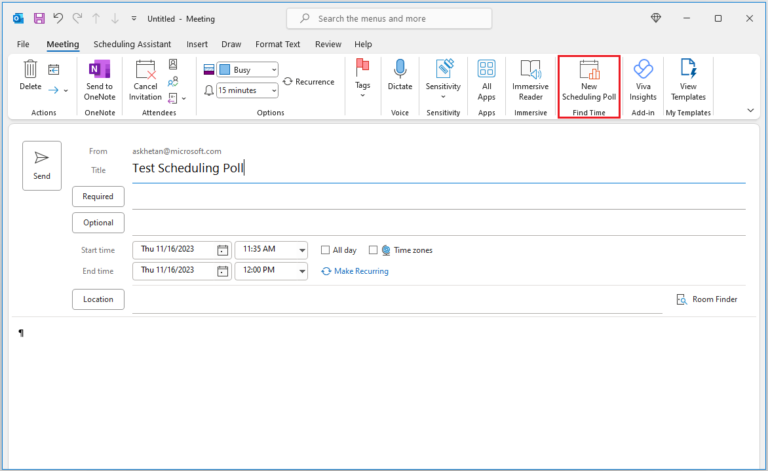
Top 5 MSPs in Melbourne 2026: The Definitive Ranking for Technical Excellence
Discover how our AI Policies at Intellect IT, including Microsoft Copilot, are ensuring security and ethical usage in today’s digital landscape.

As we navigate the mid-2020s, the “Cybersecurity Year of the Defender” has finally arrived. However, this shift hasn’t happened because attackers have slowed down; rather, it’s because the technology we use to protect our organisations has fundamentally transformed.
At Intellect IT, we’ve spent over two decades providing Managed IT Services to Melbourne organisations, and I can say with certainty: the gap between a traditional firewall and a Next-Gen Firewalls (NGFW) is now the difference between survival and a catastrophic data breach.
In the late 20th century, firewalls acted like a nightclub bouncer. They checked the “ID” of a data packet (the IP address and Port) and, if it was on the guest list, they let it in. This is what we call Stateful Inspection or Packet Filtering, operating at Layers 3 and 4 of the OSI model.
By 2026, this model is effectively obsolete. Modern cyber threats don’t walk up to the front door with a fake ID; they disguise themselves as legitimate, encrypted traffic. They hide inside your Teams calls, your cloud-based CRM, and your automated AI agents.
A traditional firewall is blind to these threats because it cannot see inside the data packet. It only sees that the “ID” looks correct.
Next-Gen Firewalls (NGFW) are no longer a static piece of hardware. In 2026, they are an integrated security platform that combines traditional firewall capabilities with high-speed Deep Packet Inspection (DPI), Intrusion Prevention Systems (IPS), and – most importantly – Autonomous AI Threat Detection.
The primary technical differentiator is that NGFWs operate at Layer 7 (the Application Layer). While a traditional firewall sees “web traffic,” an NGFW sees “a user attempting to upload a sensitive PDF to an unapproved Generative AI tool.”
This level of granularity is the only way to manage the modern workforce.
| Feature | Traditional Firewall (Legacy) | Next-Generation Firewall (NGFW) | Why it matters in 2026 |
|---|---|---|---|
| Visibility | Port & Protocol only. | Full Application & User Visibility. | Essential for blocking “Shadow AI” and rogue cloud apps. |
| Threat Intel | Static, manual updates. | Real-time AI Cloud Feeds. | Threats evolve in minutes; your firewall must update in seconds. |
| Inspection | Packet Headers only. | Deep Packet Inspection (DPI). | 95% of traffic is encrypted; DPI is the only way to scan it. |
| Access Model | Perimeter-based (Inside=Safe). | Zero Trust Integrated (ZTNA). | In 2026, we assume every device is potentially compromised. |
| Identity | IP-Address based. | Identity-Aware (Human & Machine). | Differentiates between a real employee and an AI deepfake bot. |
| Throughput | High, but simple. | High-speed (using dedicated NPUs). | Modern NGFWs handle 10Gbps+ traffic without “bottlenecking” your office. |
In 2025, we saw the first end-to-end breaches orchestrated entirely by autonomous AI agents. These tools can perform reconnaissance, find vulnerabilities, and move laterally through a network at machine speed. A traditional firewall, relying on human-configured rules, cannot possibly react fast enough. NGFWs use AI-to-AI defence, identifying patterns of behaviour that deviate from the norm and shutting down segments of the network in milliseconds.
Our latest research shows that nearly 44% of Australian firms encounter “Shadow AI” – employees using unapproved AI tools to process company data – at least once a month. An NGFW allows Melbourne business owners to set granular policies: “Allow use of Microsoft Copilot, but block the upload of documents to any other unapproved LLM.” This level of control is impossible with legacy hardware.
We are now entering the era of “Harvest Now, Decrypt Later.” Threat actors are stealing encrypted data today, waiting for quantum computers to become powerful enough to crack it tomorrow. In 2026, NGFWs are the frontline for implementing Post-Quantum Cryptography (PQC) and managing TLS 1.3 inspection, ensuring that your data remains unreadable even if intercepted.
The legal landscape in Australia has shifted. With the full implementation of the Privacy Act Tranche 2 reforms, the “Small Business Exemption” has been largely dismantled. If your Melbourne-based business handles personal data, you are now legally mandated to take “reasonable steps” to secure it.
The Office of the Australian Information Commissioner (OAIC) has made it clear: using outdated, legacy security technology like a basic port-blocking firewall may no longer be considered “reasonable.”
With civil penalties for data breaches now reaching into the millions, an NGFW is no longer an IT expense – it is an insurance policy and a legal requirement.
In 2026, many of our Managed IT Services Melbourne clients are moving away from physical appliances entirely. Firewall as a Service (FWaaS), a core component of the SASE (Secure Access Service Edge) framework, allows us to protect your team whether they are working from a high-rise in the CBD, a home office in Geelong, or a café in South Yarra.
FWaaS ensures that the same “Next-Gen” protection follows the user, rather than being tied to a physical box in a server room. This is the cornerstone of a modern, hybrid-work strategy.
Technology alone is not a silver bullet. An NGFW is a sophisticated instrument that requires expert tuning. This is where a partnership with a local Managed IT Services provider becomes invaluable.
If you are still running a traditional firewall, you are essentially trying to protect a modern smart home with a 19th-century padlock. It might keep the honest people out, but it won’t stop a professional.
In 2026, cybersecurity is about resilience. It’s about having a system that can see, think, and act faster than the threats it faces.
At Intellect IT, we specialise in transitioning businesses from legacy systems to robust, AI-ready architectures. Don’t wait for a compliance audit or a breach notification to find out your firewall isn’t up to the task.
Contact the Intellect IT team today for a comprehensive Network Security Audit.


Discover how our AI Policies at Intellect IT, including Microsoft Copilot, are ensuring security and ethical usage in today’s digital landscape.

Discover how our AI Policies at Intellect IT, including Microsoft Copilot, are ensuring security and ethical usage in today’s digital landscape.

How Intellect IT’s managed services cybersecurity protected Melbourne clients from FortiOS vulnerability FG-IR-24-535. Proactive threat detection and prevention.

Discover how our AI Policies at Intellect IT, including Microsoft Copilot, are ensuring security and ethical usage in today’s digital landscape.

Master scheduling polls for Melbourne businesses. Complete guide to Outlook scheduling polls, meeting productivity, and time-saving meeting organisation tools.

Assessing Windows on ARM for enterprise use in Melbourne. Intellect IT shares real-world testing insights on performance, compatibility, & readiness for business.